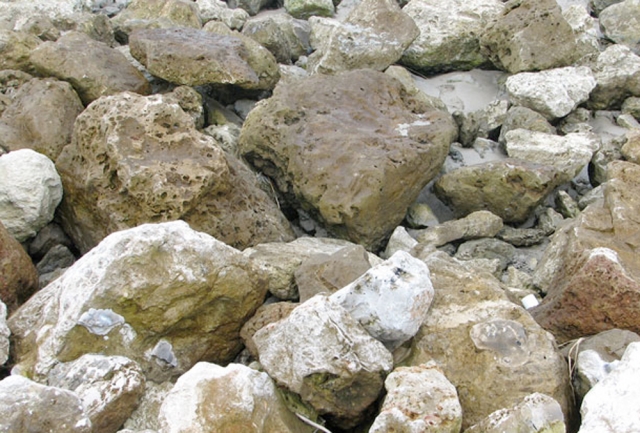Private property within Valhalla Provincial Park sparks controversy with setback request
A private landowner within Valhalla Provincial Park boundaries will have to wait for a regional district board decision on a request to have a floodplain setback relaxed so they could build closer to the shore of Slocan Lake.
The Regional District of Central Kootenay rural affairs committee has referred the controversial matter back to RDCK staff for a site review, said committee chair and Area D director Andy Shadrack.
“Some information came to light and staff wanted to go and check the site in relation to the reports that have been received,” he said. “There appears to be a contradiction in one of the reports and the information supplied to the regional district, so we have to look at it (again).”
The 1.72-acre Area H property owned by Richard and Endang Turner of Oyama, BC — south of Vernon — is within the boundaries of Valhalla Provincial Park. Having no road access or power, it was characterized by a rocky southwest shoreline with site restrictions related to topography, approximately three kilometres north of the Village of Slocan.
The property slope was at a 30-degree gradient for most of the land above Slocan Lake. As a result, property development would require manual labour and the use of solar power with maximization of southern exposure in order to place a structure on it.
In a report dated Oct. 19 to the RDCK’s rural affairs committee, senior planner Meeri Durand recommended the floodplain setback be changed from 15 metres to five m., as the owners had requested, subject to approval of a site remediation plan.
It was felt that if the owners had to place a structure somewhere else it would result in further land clearing and modification, Durand said in the report. The structure had to be exposed to maximize alternative power generation.
Durand said a professional report dismissed impacts to Slocan Lake as negligible as long as appropriate mitigation measures were taken, and they would be included in the issuing of the development permit.
“The relative isolation of this property and adjacent properties would indicate the circumstances of this application are unique and cannot be construed as setting precedence,” Durand said in her report to the committee.
Although Durand reversed her initial recommendation in the report, the request sparked some opposition from public and private concerns. The Slocan Lake Stewardship Society was against allowing the request, even though a site report noted that the beach had been disturbed and no longer provided fish habitat.
“To use the illegally degraded state of the beach as a reason to allow development is to reward those who have disturbed it,” said society president Therese DesCamp in a letter to RDCK’s rural affairs committee.
“It is far more appropriate to recommend restoration of the foreshore than to recommend the relaxation of rules that protect the foreshore from further disturbance.”
Area H director Walter Popoff also opposed approving the setback, citing the .7 m. freeboard wave allowance — for wind setup and wave run-up on the shore — to be too low. He said it was more appropriate to set the allowance at two m., the height of the waves that caused significant damage to the Silverton breakwater on May 28, 2001.
“This … would be more reflective of the actual wave action during the high windstorm on Slocan Lake,” he said.
A report on the property stated the slopes were well drained and stable, and the proposed building site was above the flood construction level for the lake.
The building was proposed to be approximately 1,205 square feet, post and beam or log structure with pier and post foundation. It would use a closed septic tank installed near the house and liquid waste would be pumped into a sewage disposal field in the upland section of the lot.
Crown land interests were unaffected by the development. But senior habitat biologist Tola Cooper with Fisheries and Oceans Canada felt a reduction in the setback was not acceptable, especially with the riparian area already lacking.
“(This) may set a precedence that will result in increased impacts along the lake,” Cooper said.
Habitat officer Terry Anderson with the Ministry of Forests, Lands and Natural Resources also advised against the floodplain setback change.

























Comments